Overview
Problem-solving and critical thinking are essential life skills and, as teachers, we need to push our students beyond recall and comprehension to these types of higher-order thinking experiences. The templates in this collection are versatile tools to help prompt complex analysis and critical thinking in nearly any content area. The graphic organizers provide thought structures that can help students organize and make sense out of concepts as they process their thinking. With repeated opportunities to practice these skills in our classrooms, students can internalize these thought processes and become confident and effective critical thinkers.
Options
At AVID Open Access, we’ve created multiple templates to help you and your students structure critical thinking thought processes. These activities may be completed digitally or printed to complete offline. A benefit of choosing to use these digitally is that multimedia (images, videos, links) can be added quite easily. The digital versions of the templates also have placeholders for text and images where appropriate. If you find a Google version that you like, click the “Use Template” button to generate your own version that can be edited and shared as needed. You may also download a PowerPoint version if you are a Microsoft user.
The templates may be completed digitally or printed to complete offline. If you choose to use these in a digital format, you will find placeholders for text and images integrated into the templates. If you find a Google version you like, click the “Use Template” button to generate your own version that can be edited and shared as needed. You may also download a PowerPoint version if you are a Microsoft user.
Templates from AVID Open Access
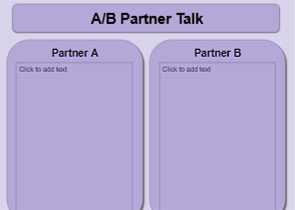
A/B Partner Talk
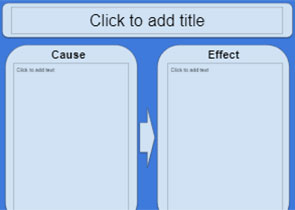
Cause and Effect #1 (Single Cause and Effect)
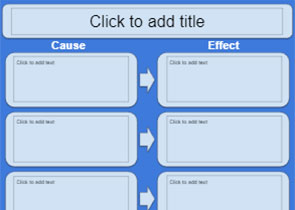
Cause and Effect #2 (Multiple Causes)

Cause and Effect #3 (Multiple Effects)

Cause and Effect #4 (Pictures)
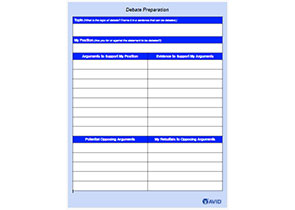
Debate Preparation

Making Predictions
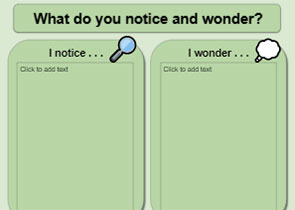
Notice and Wonder

Perspectives and Points of View

Problem Solution #1
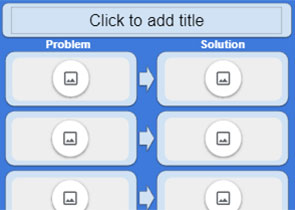
Problem Solution #2 (Multiple Pictures)

Problem Solution #3 (Multiple Solutions)

Problem Solution #4 (Multiple Problems and Solutions)
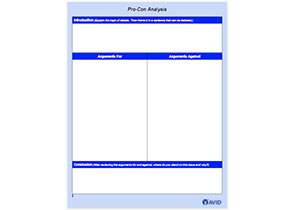
Pro-Con Analysis
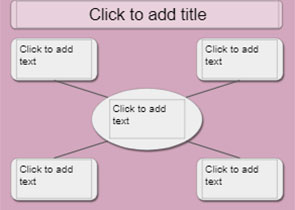
Spider Gram 1-4

Spider Gram 1-8
Online Digital Tools to Use for Problem-Solving and Critical Thinking
- AllSides for Schools: articles supporting multiple perspectives on an issue
- Circly: collaborative graphic organization tool
- Genially: create infographics
- Google Sheets: spreadsheet creation
- Kialo: organized online debates
- Lucidchart: create diagrams, flowcharts, and process maps; templates available
- Microsoft Excel: spreadsheet creation
- MindMeister: concept mapping tool
- MindMup: concept mapping tool
- Mindomo: concept mapping tool
- Online Chart Tool: chart generator
- Piktochart: create infographics
- Plotly: online chart creation studio
- ProCon: Britannica product exploring various sides of controversial issues
- Venngage: create simple graphs and data charts
Integration Ideas
These templates are quite versatile and can be applied to nearly any content area. You might use them to analyze a piece of literature or a historical event, or you might ask your students to deconstruct a math problem or think critically about a science experiment. Because the templates focus on thought processes rather than specific subject-area content, you can adapt them to your classroom material as you see fit. Similarly, the way that you use these with your students is quite adaptable. You might integrate them into a station during station rotation or add them to a playlist. Students could be asked to complete these either individually or collaboratively. If you distribute and collect the templates through a learning management system, you can quickly skim the submissions to determine if the class is on track or to identify students who might need more assistance. The goal is to get students to think critically and solve problems. The path to get there is flexible depending on your individual classroom needs.
How Can I Learn More?
Explore AVID Open Access for more free templates, articles, tool tips, podcasts, and other great resources, including the related collections: Engage Students Through Inquiry Learning, Become Information and Media Literate, and Inspire Students With Project-Based Learning.
